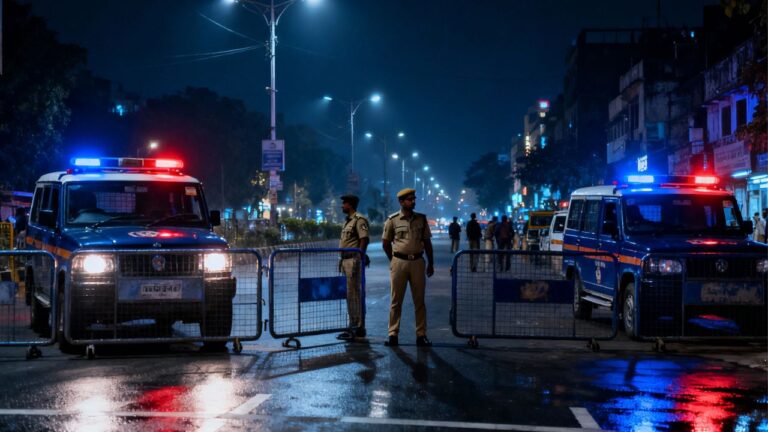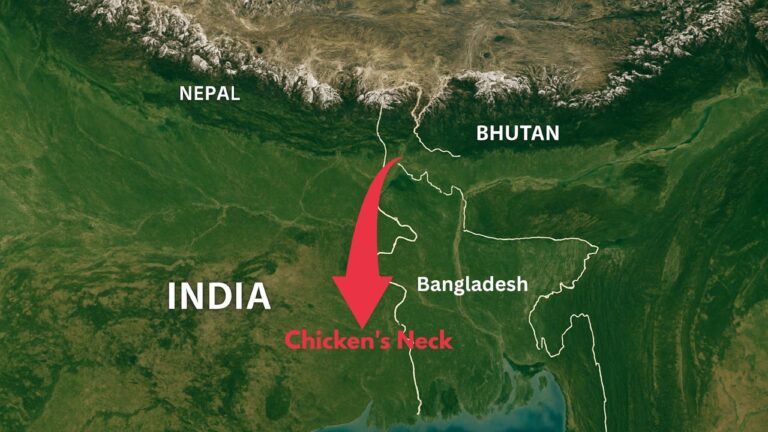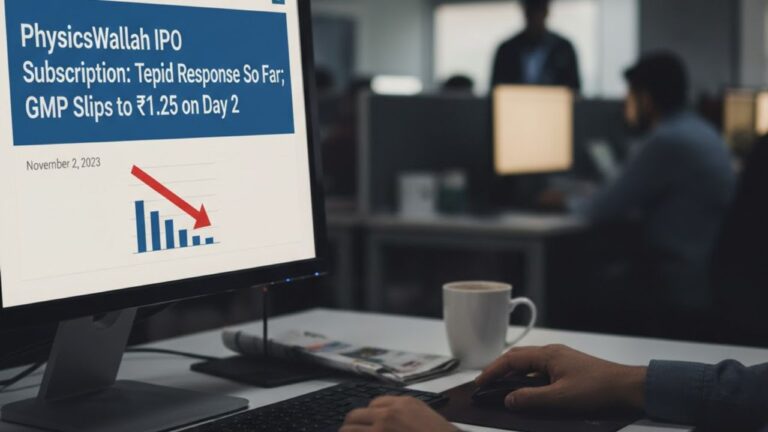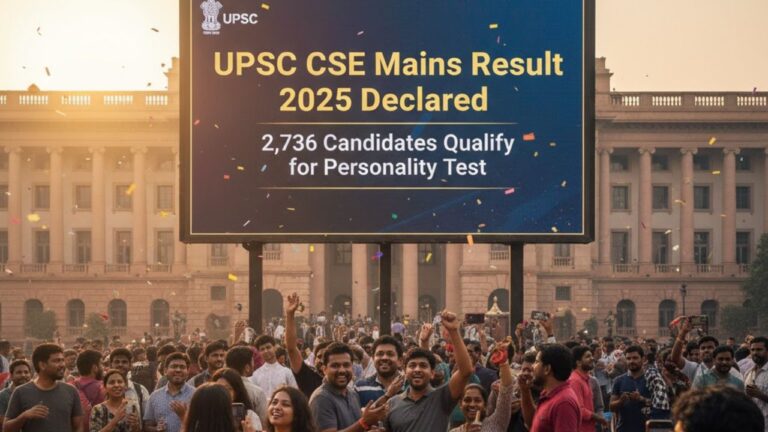
The Reserve Bank of India (RBI) is expected to lower interest rates for the second consecutive time at its upcoming policy meeting on April 9, with one more rate cut anticipated in August. If the predictions hold, this would mark the shortest easing cycle in India’s history, according to a recent Reuters poll of economists.
With inflation dropping to a seven-month low of 3.61% in February and economic growth projected to slow to 6.4% this fiscal year—the weakest in four years—the RBI has sufficient room to ease monetary policy further.
A strong majority of economists, 54 out of 60 surveyed between March 18 and 27, forecast a 25-basis-point reduction in the benchmark repo rate to 6.00%. One respondent expected a more aggressive 50-basis-point cut, while five economists predicted no change.
Need for Continued Monetary Support
Economists believe that the central bank must continue supporting economic growth amid slowing consumption and investment.
“There are not many strong growth drivers heading into fiscal year 2026. The RBI needs to sustain its support to growth. Inflation has created enough room for easing, and they should utilize that space to recalibrate monetary policy,” said Dhiraj Nim, economist at ANZ.
Over the past few months, the RBI has injected approximately $64 billion worth of rupees into the banking system to boost liquidity. While this move is expected to aid monetary transmission, several economists suggest it will take a few more months to see a tangible impact.
“For transmission to be effective, especially in a rate-cutting cycle, banking sector liquidity needs to be in surplus,” noted Indranil Pan, chief economist at Yes Bank. He expects liquidity conditions to improve in the new financial year starting April 2025, driven by increased government spending.
Shortest Easing Cycle on Record
According to median forecasts from the Reuters poll, the RBI is likely to maintain the repo rate at 6.00% in its June policy meeting. However, a narrow majority of economists (29 out of 49) expect another 25-basis-point cut in August, bringing the rate down to 5.75%. This aligns with earlier predictions and is expected to be followed by a prolonged pause in rate adjustments until at least the first half of next year.
If the RBI limits its rate cuts to 75 basis points, this cycle will be the shortest since the early 2000s, when the repo rate became the central bank’s primary policy tool.
“This is expected to be a shallow rate cut cycle,” said Sakshi Gupta, principal economist at HDFC Bank. “The RBI’s actions will depend on global factors, capital flows, and U.S. Federal Reserve decisions. We have always maintained that a maximum of three rate cuts are likely. Beyond April, we remain divided on whether the next cut will be in June or August.” With inflation under control and economic growth slowing, the RBI appears to have limited scope for further easing beyond August, making this one of the most restrained rate-cut cycles in India’s monetary history.






